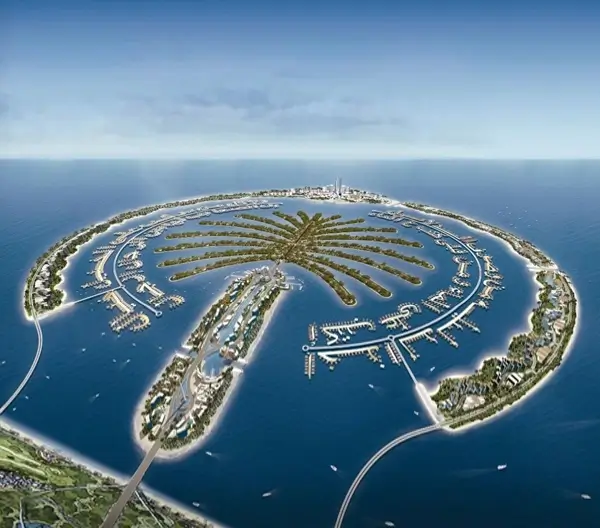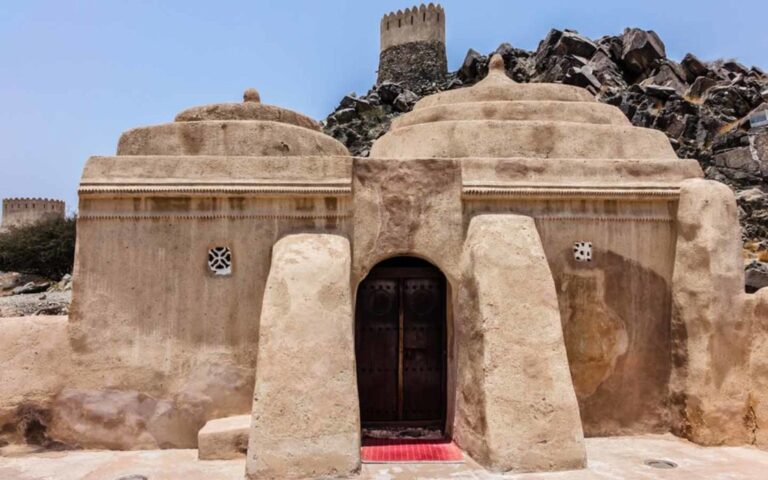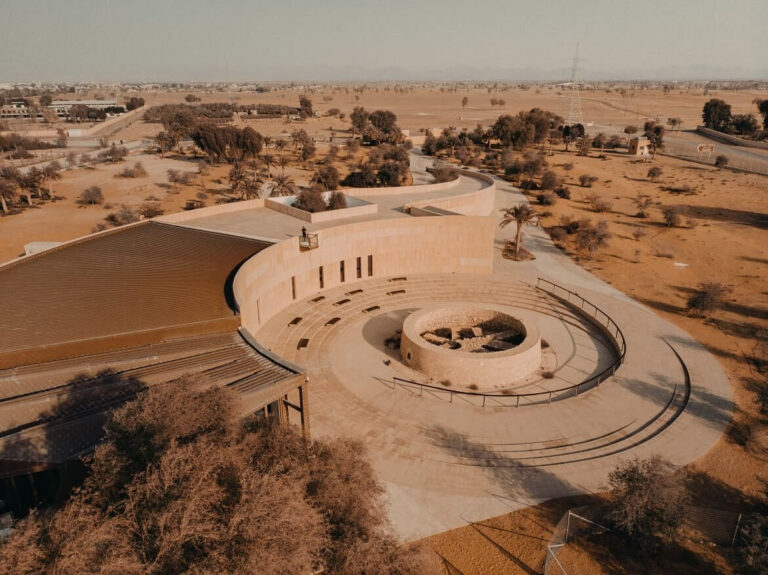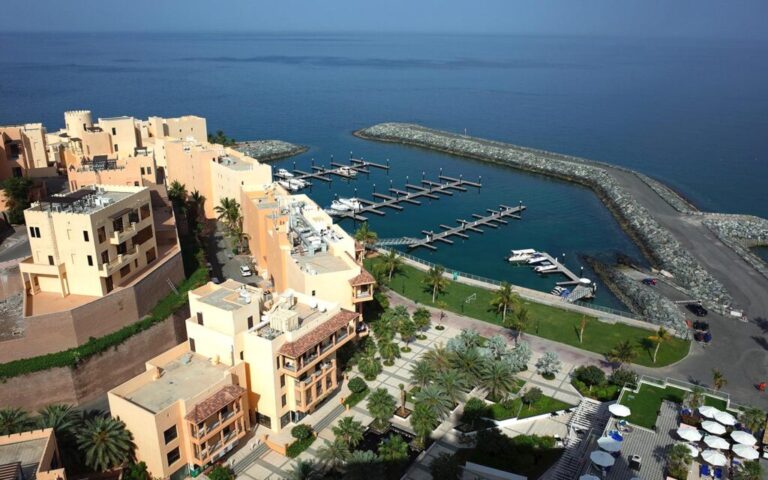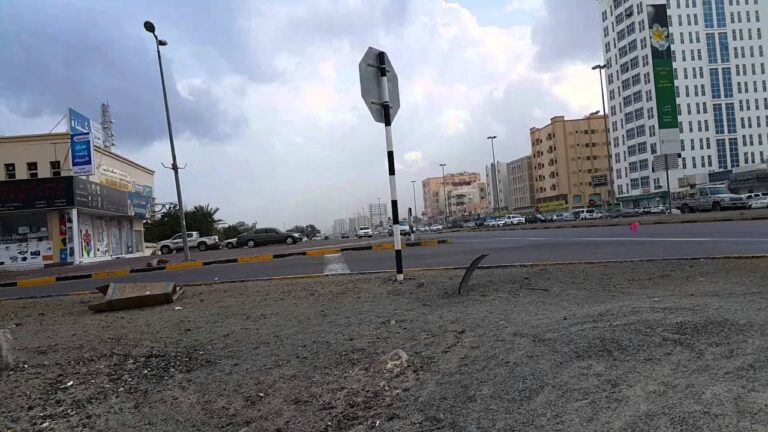Liwa Oasis, Abu Dhabi: The UAE’s Desert Jewel Where Heritage Meets Horizon
In a world racing toward the future, Liwa Oasis stands as a mesmerizing reminder of the UAE’s desert-born soul. Nestled on the northern edge of the Rub’ al Khali—also known as the Empty Quarter—this sprawling belt of green and gold is not only the birthplace of the ruling Al Nahyan family, but also a living archive of Bedouin resilience, sustainable agriculture, and timeless desert mystique.
A Green Crescent in the Sands: Where Is Liwa Oasis?

Located roughly 150 kilometers southwest of Abu Dhabi city, Liwa Oasis unfurls across an arched 100-kilometer stretch of desert near the UAE’s southern border with Saudi Arabia. This oasis belt, part of Al Dhafra Region (formerly Al Gharbia), is home to nearly 50 villages—including the prominent town of Mezairaa—and it marks the southernmost settlements of the UAE.
The gateway to Liwa is Muzayri`, a junction town where the main highway forks toward the eastern and western flanks of the oasis. From here, you’re surrounded by groves of date palms, small-scale farms, and shimmering dunes that swell into the horizon. This isn’t just a detour; it’s a destination with deep geopolitical, ecological, and cultural relevance.
A Cultural Cradle: The Birthplace of UAE Leadership
Liwa Oasis is more than an eye-catching landscape—it’s a keystone of Emirati identity. In 1793, the Al Nahyan family, founders of modern Abu Dhabi, migrated from Liwa to establish the capital city. Many of the UAE’s ruling lineage and tribal families—especially the Bani Yas—trace their roots directly to this fertile crescent in the desert.
During the pre-oil era, Liwa men would dive for pearls along the Arabian coast in the scorching summer months and return home during winter for date cultivation. This seasonal lifestyle created a unique desert-coast duality, embedding Liwa into the socio-economic fabric of the nation.
Geography and Villages: Life Along the Edge of the Empty Quarter
The oasis lies just north of the Rub’ al Khali, the largest continuous sand desert in the world. The villages of Liwa—like Mahdar Bin Usayyan in the east and `Aradah in the west—line up like beads on a necklace, each with its own character and rhythm. Many of these settlements thrive on modern irrigation systems like drip-fed farming and hydroponics, yet retain a strong sense of place rooted in tribal customs and architectural styles.
At the heart of it all are the groves of date palms, a vital crop that has sustained life in the region for centuries. Today, Liwa’s dates are among the most prized in the country—some estates even producing for export. The annual Liwa Date Festival attracts thousands of visitors and farmers, celebrating agricultural heritage with a distinctly Emirati flair.
Liwa’s New Pulse: Tourism, Cinema & Modern Luxury
Once a remote outpost for nomads and explorers, Liwa Oasis has become one of the UAE’s most compelling eco-tourism and cultural tourism destinations. The Qasr Al Sarab Desert Resort by Anantara, tucked into the dunes, redefines luxury in the wild—offering five-star comfort within a surreal desert setting. Meanwhile, Tilal Liwa Hotel and Liwa Rest House offer more budget-friendly yet authentic stays.
The area is also home to Moreeb Dune (Tal Moreeb), one of the tallest sand dunes on Earth—soaring nearly 300 meters high. It’s the site of the Liwa International Festival, a magnet for adrenaline junkies and motorsport enthusiasts drawn to its off-road races, camel contests, and falconry displays.
But perhaps Liwa’s most unexpected claim to fame is its recurring role in global cinema. From the otherworldly deserts of Dune and Star Wars: The Force Awakens to the high-speed scenes in Sonic the Hedgehog, Liwa’s dunes have doubled as alien planets and futuristic frontiers. Filmmakers are drawn to its cinematic light, vast textures, and sculptural sands that seem to shift with every breath of wind.
Sustainability & Innovation: A Living Laboratory in the Sands
Despite its arid nature, Liwa is at the forefront of sustainable agriculture and water management. The use of falaj (traditional irrigation channels), greenhouses, and reclaimed water systems showcase how innovation and tradition merge in the UAE’s agricultural frontier.
Liwa also offers a glimpse into how desert communities adapt to climate challenges. From solar-powered farmhouses to conservation projects aimed at preserving the fragile desert ecosystem, the oasis is becoming a model for resilient rural development in arid environments.
Getting There: Road Trips Worth the Drive
A modern highway connects Abu Dhabi to Liwa, making it a smooth 2.5 to 3-hour drive—a favorite among weekend adventurers, photographers, and stargazers. While there’s no border crossing to neighboring Shaybah in Saudi Arabia, the route offers plenty of scenic stops, especially at sunrise or sunset when the dunes blush gold and crimson.
For the best experience, plan a multi-day trip. A single afternoon won’t do justice to the scale, silence, and stories that Liwa holds. Whether you’re sipping gahwa (Arabic coffee) under the stars or climbing the sandy flanks of Moreeb, every moment in Liwa invites you to slow down and listen to the desert breathe.
FAQ: Everything You Need to Know About Liwa Oasis
What is Liwa Oasis best known for?
Liwa Oasis is renowned for its towering sand dunes, ancient date farming traditions, and as the ancestral home of Abu Dhabi’s ruling Al Nahyan family. It’s also famous for its role in international films and the annual Moreeb Dune Festival.
Is Liwa worth visiting?
Absolutely. Whether you’re drawn to desert adventures, Emirati heritage, or luxury in nature, Liwa offers a unique blend of tranquility, history, and immersive experiences that are hard to find elsewhere in the UAE.
Is Al Ain Oasis worth visiting too?
Yes, Al Ain Oasis is another UNESCO-recognized heritage site with a more urban and curated feel. It features ancient falaj systems, shaded palm groves, and is perfect for cultural tourism. But Liwa’s raw, untamed desert setting offers a more adventurous, off-the-grid experience.
What movies were filmed in the Liwa Desert?
Several major productions have used Liwa’s dramatic dunes, including:
- Star Wars: The Force Awakens (Jakku desert scenes)
- Dune (2021 & 2024)
- Sonic the Hedgehog (2020)
The landscape’s otherworldly qualities make it a favorite among sci-fi and action filmmakers.
For more travel stories, UAE insights, and destination guides, explore UAEbreaking.com/travel. Whether you’re planning your next road trip or simply curious about what lies beyond the city skyline, we bring you closer to the places that shape the UAE’s past, present, and future.
- Al Bidiyah, Fujairah: A Spiritual Landmark Anchored in Time - July 24, 2025
- Qidfa’, Fujairah: The Oasis Town Rooted in Water and Wisdom - July 24, 2025
- Mirbah, Fujairah: The Coastal Hamlet Where Mountains Meet the Sea - July 24, 2025


